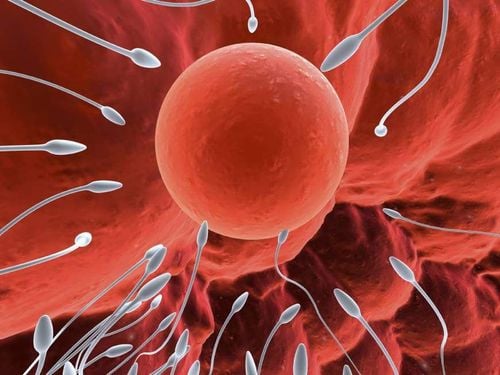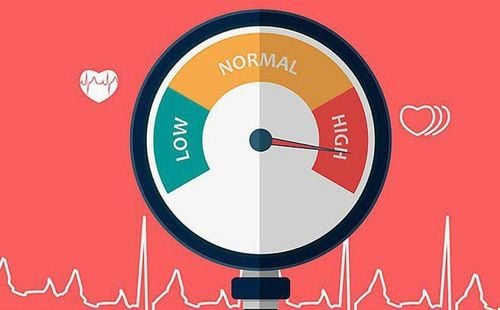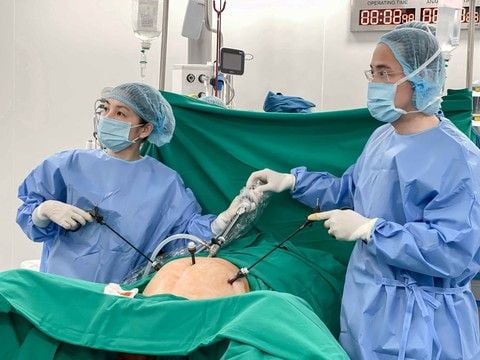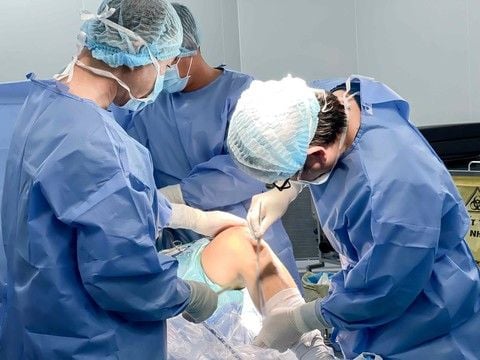Although it may seem straightforward, achieving orgasm in men is a complex process. It involves multiple steps requiring the coordinated efforts of various organs, hormones, blood vessels, and nerves during sexual activity. However, for some men who desire to experience multiple orgasms, what can be done?
1. Erection Following Intercourse
Question: I am a 30-year-old man, healthy, active, and physically fit. I’ve been married for five years and enjoy a satisfying and healthy sexual life. Occasionally, after having intercourse and achieving orgasm, my wife and I wish to engage in a second round. However, it typically takes me 30-40 minutes to regain an erection, and even then, my erection isn’t as firm as the first time, and I often fail to reach climax. Is there anything we can do to improve this situation?
Answer: This issue is quite common among married couples, with some exceptions. Experts suggest spending about 40 minutes engaging in activities like kissing, caressing, and massage to allow for sufficient recovery after the first round. If you are pursuing a second session primarily to satisfy your partner, incorporating sex toys might be a viable option.

2. Methods to Achieve Multiple Orgasms in Men
2.1. Strengthening the Pubococcygeus (PC) Muscle
Achieving multiple non-ejaculatory orgasms is possible by improving pelvic floor control.
This can be achieved through exercises like Kegels, which strengthen the pelvic floor muscles and enhance control over orgasm and ejaculation timing. The PC muscle, which runs from the pubic bone to the tailbone, plays a critical role in controlling ejaculation. By mastering the ability to avoid ejaculation during orgasm, you can bypass the refractory period and potentially experience multiple orgasms.
To perform Kegel exercises, contract your PC muscle as if you were stopping the flow of urine. Practice holding the contraction for 10 seconds while seated, such as when you’re in the car.
2.2. Restraining Ejaculation During Masturbation
Studies on self-reported multi-orgasmic men reveal that while some achieve this ability naturally, others train themselves to experience multiple orgasms.
These individuals often practice by masturbating frequently and halting ejaculation just before orgasm using techniques such as squeezing the penis. The key is to approach the climax as closely as possible without ejaculating.
2.3. Trying Different Positions
If maintaining an erection or achieving additional orgasms proves challenging, experimenting with new positions may help improve control over ejaculation and arousal.
Sex therapists recommend trying positions such as the woman seated on a chair while the man stands. This allows the man to control penetration depth and withdraw before ejaculation. Contracting pelvic muscles right before ejaculation can also enable orgasm without ejaculating.
2.4. Focusing on Breathing Techniques
Deep abdominal breathing or diaphragmatic breathing is a powerful tool for delaying ejaculation. As you approach the point of no return, shallow and rapid breathing tends to accelerate your heartbeat, pushing you closer to ejaculation. Slowing both your breathing and heart rate can significantly enhance ejaculation control.
To practice abdominal breathing, sit upright in a chair, relax your shoulders, and place a hand on your stomach. Inhale deeply through your nose, feeling your abdomen expand without moving your chest. Each breath should last at least three seconds. Make this breathing pattern a daily habit, practicing at work, during walks, or in stressful moments. The goal is to make diaphragmatic breathing your default breathing style.
2.5. Checking Testosterone Levels
In some cases, optimizing testosterone levels is essential for achieving better orgasms and improving overall sexual performance.
Low testosterone is commonly associated with aging but is increasingly being seen in younger men, including those in their 20s, 30s, and 40s.
Even if you don’t experience overt sexual dysfunction, some physicians recommend that men over 30 undergo blood tests to assess testosterone levels. Normal testosterone levels range from 300 to 1,000 nanograms per deciliter of blood.
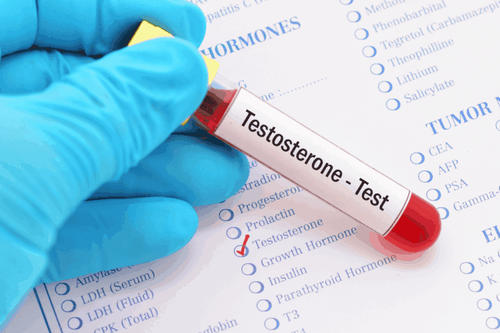
Vinmec International General Hospital is one of the hospitals that not only ensures professional quality with a team of leading medical doctors, modern equipment and technology, but also stands out for its examination and consultation services. Comprehensive and professional medical consultation and treatment; civilized, polite, safe and sterile medical examination and treatment space.
Articles refer to sources: Webmd.com, menshealth.com
To arrange an appointment, please call HOTLINE or make your reservation directly HERE. You may also download the MyVinmec app to schedule appointments faster and manage your reservations more conveniently.



